A weekend showcase will bring rare artifacts like ancient maps, minerals and fossils dating back to the Ice Age for Geology and History enthusiasts in the city

The Prince of Wales in the Terai - Beating the Jungle, a 19th century lithograph on view at the exhibition. Pics Courtesy/Vikram Rao
Remember the good old days when three-metre tall elephants with straight tusks walked around us? You wouldn’t, unless you’re a secret time traveller from the Pleistocene era in the late Ice Age. While these elephants of the Stegodon ganesa species went extinct nearly 20,000 years ago, a forearm fossil of the species will find temporary abode at education platform India Study Centre’s upcoming experiential exhibition. Archaeologist Dr Prateek Chakraborty from Deccan College, Pune is just one of the experts urging Mumbaikars to come witness these rare markers of the planet’s history this weekend.
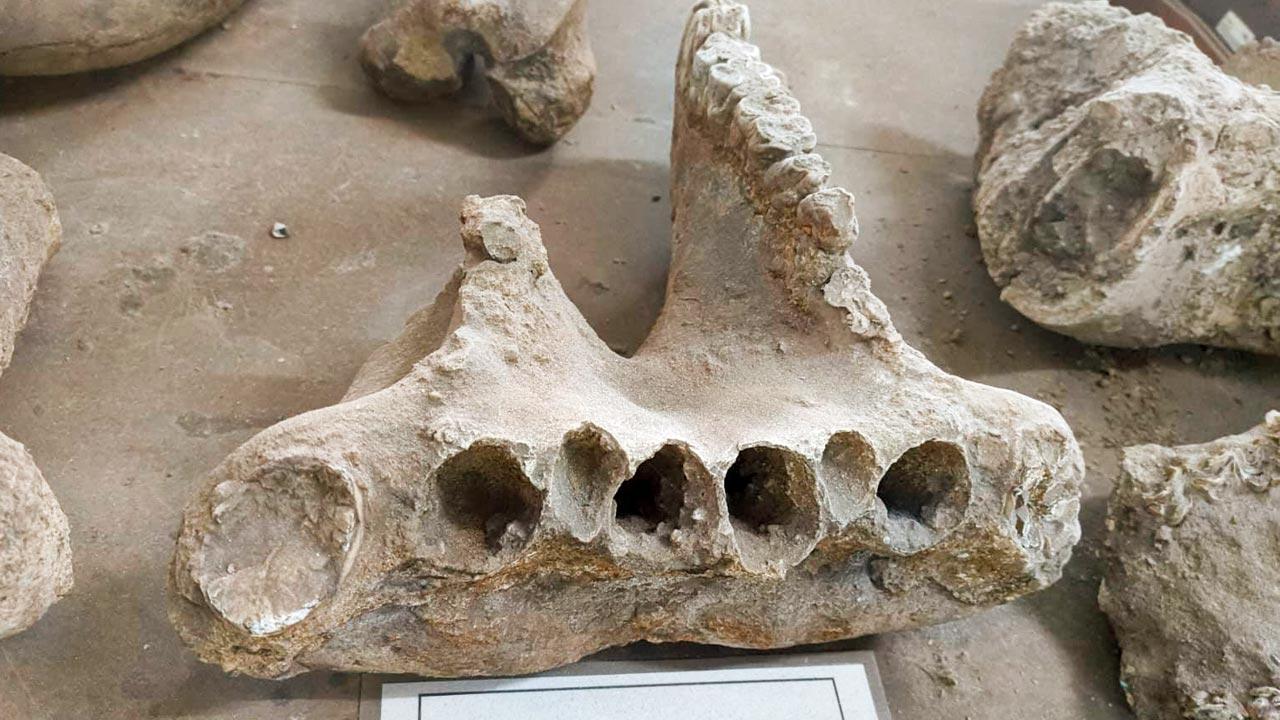 Fossils of the extinct Indian hippopotamus. Pics Courtesy/Paleontology laboratory, deccan college
Fossils of the extinct Indian hippopotamus. Pics Courtesy/Paleontology laboratory, deccan college
Dating back to thousands, if not millions of years ago, these fossils are not just dusty artifacts reserved for academicians, says Chakraborty. For instance, did you know that cuddly and equally ferocious wild hippopotami once thrived in India? “The ones you see in zoos and sanctuaries today are native African species. The Pleistocene era hippopotamus that lived in the Indian subcontinent went extinct between 22,000 and 15,000 years ago. It looked considerably distinct,” he reveals. Just how distinct? The exhibition has a rare fossil of its jaw on display to help you join the dots.
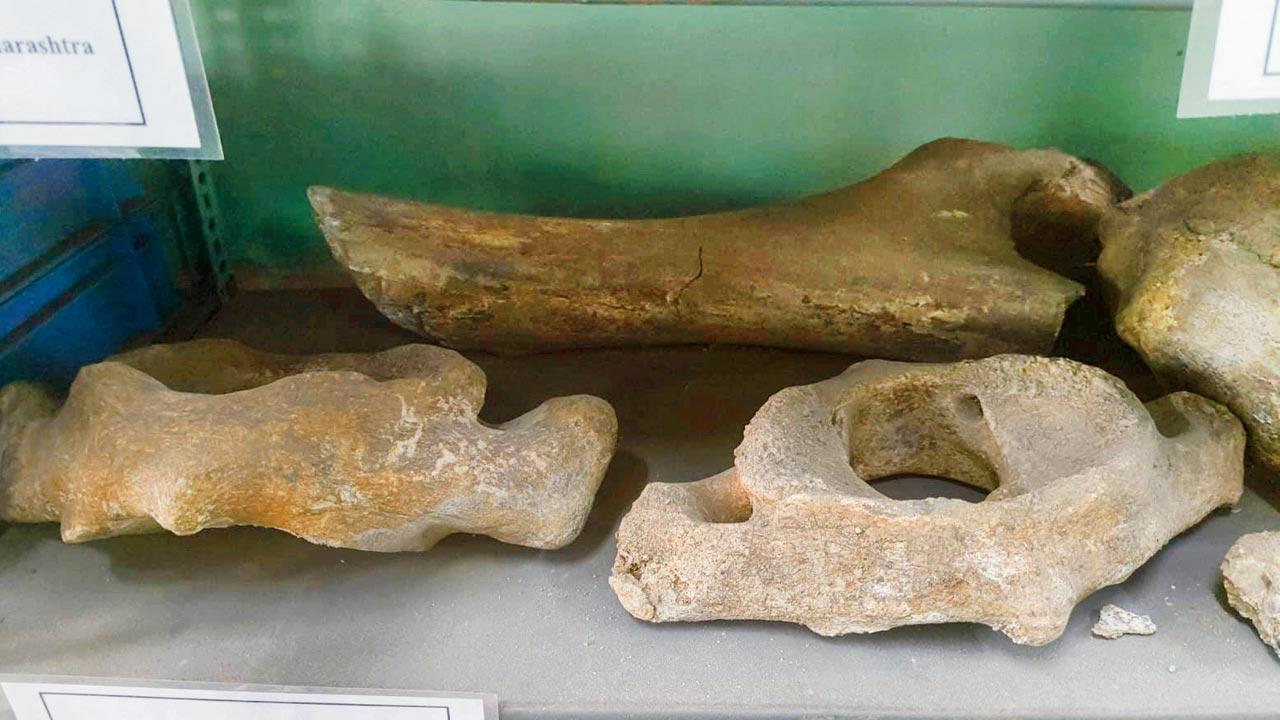 Fossils of a stegodon, the predecessor to the modern elephant
Fossils of a stegodon, the predecessor to the modern elephant
Vikram Rao, a city-based engineer and collector, will contribute to more than one third of the exhibits on display, and he’s coming slinging guns. The highlights from Rao’s vast weaponry collection are the double edged khanda swords of the erstwhile Rajput warriors. So dear were the khanda swords to the Rajputs, that they were annually revered and found a place even in countless royal rituals. Rao’s extensive collection of maps and lithographs from the East India Company archives will piece together the complete picture of the Colonial era.
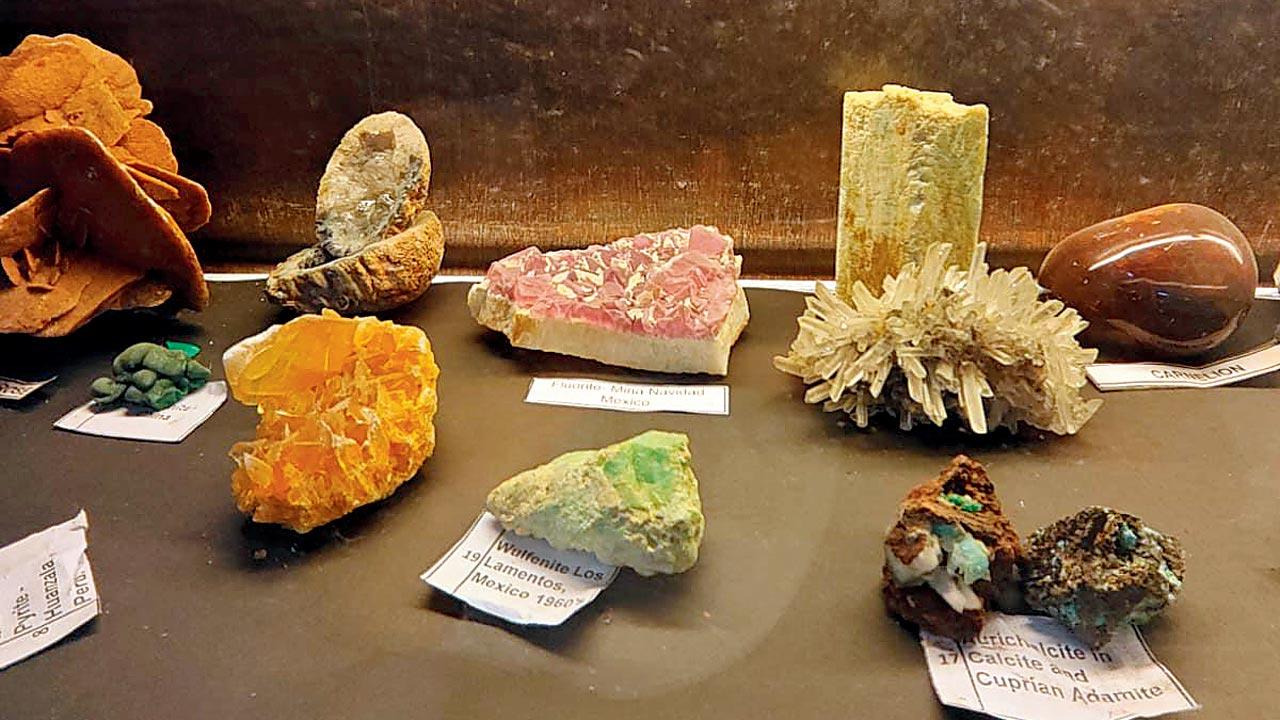 A collection of minerals, including (centre) a wulfenite specimen
A collection of minerals, including (centre) a wulfenite specimen
Not all tales told at the exhibition are as old as time, though. Rao remembers frolicking in the lanes of Chimbai village in Bandra nearly 45 years ago. “I was all of 14 years old when I chanced upon a stone that piqued my interest. I brought it home and preserved it. It was only when I deep-dived into archaeology less than a decade ago, that I realised it was a memorial stone from hundreds of years ago,” he chuckles, adding, “I’m looking forward to answering all the questions people have about these stories.”
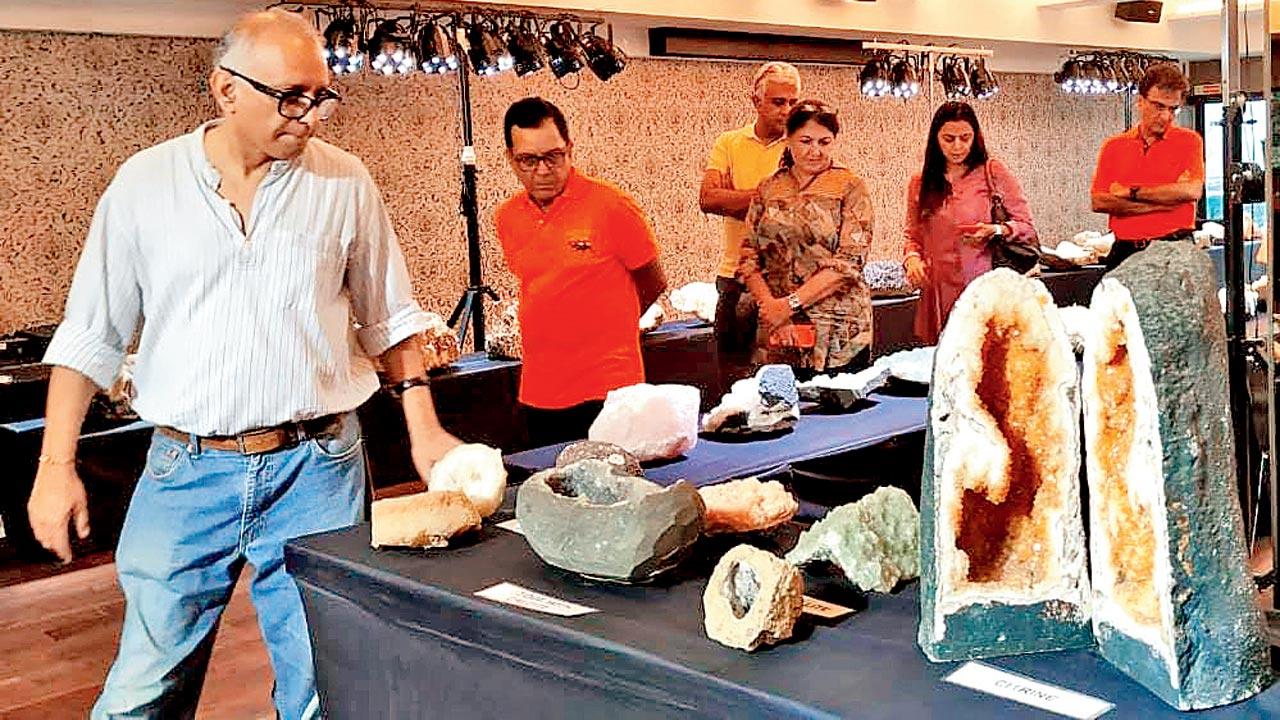 Vikram Rao guides visitors at a previous showcase
Vikram Rao guides visitors at a previous showcase
These larger than life fossils, battle axes, and World War 2 samurai katanas might dwarf the exhibition’s target audience — children. But those who fancy stones, like the young Rao, won’t be complaining. Dr Praveen Henriques, a veteran geology professor from St Xavier’s College (Autonomous), and his team of postgraduate students, will decode any rocks, stones and minerals you bring to their table at the showcase.
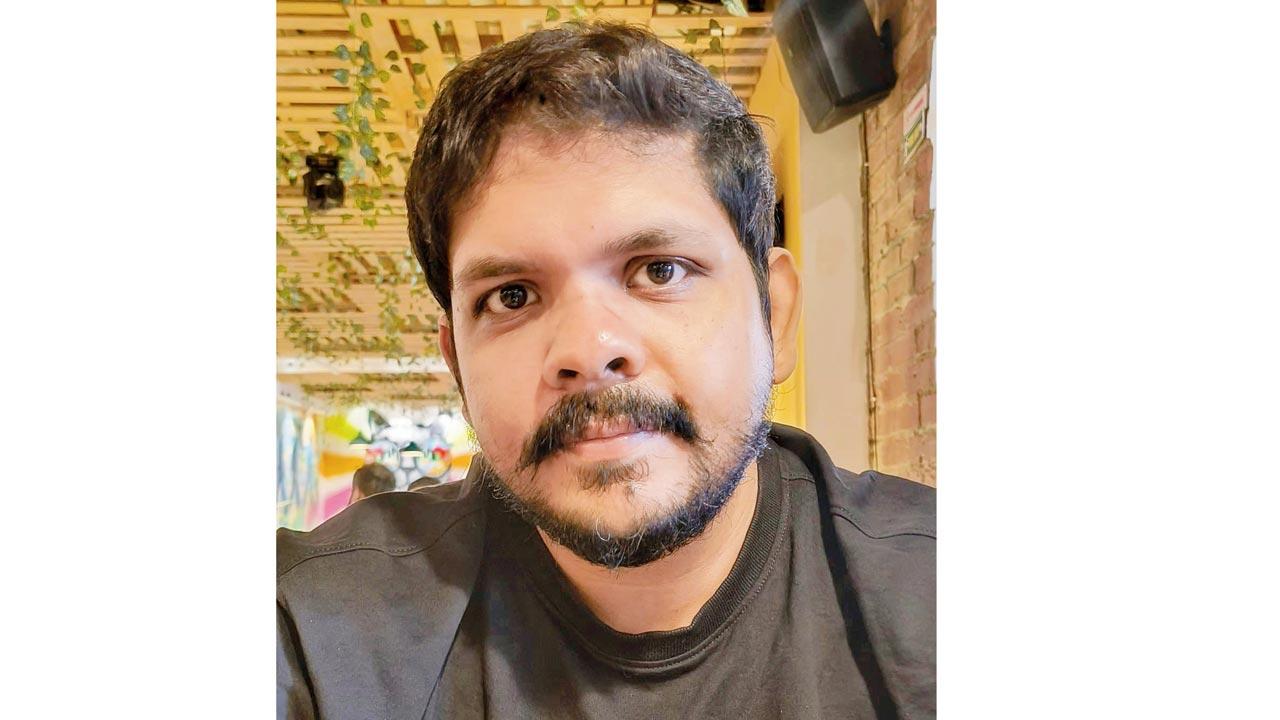 Prateek Chakraborty
Prateek Chakraborty
While the collaborative effort by the experts is laudable in itself, we think credit is due to the young volunteers playing their part. Dr Henriques’ students will find friends in Mumbai University Geography Department’s Dr Aparna Phadke’s team of student volunteers helping visitors read marine maps and topographical charts through a vintage stereoscope. While we’ve never looked into one, Phadke says the device presents 3D images that simplify the mysteries of geography. Perhaps if we look long enough, we will finally find what this city has been excavating for, all this while.
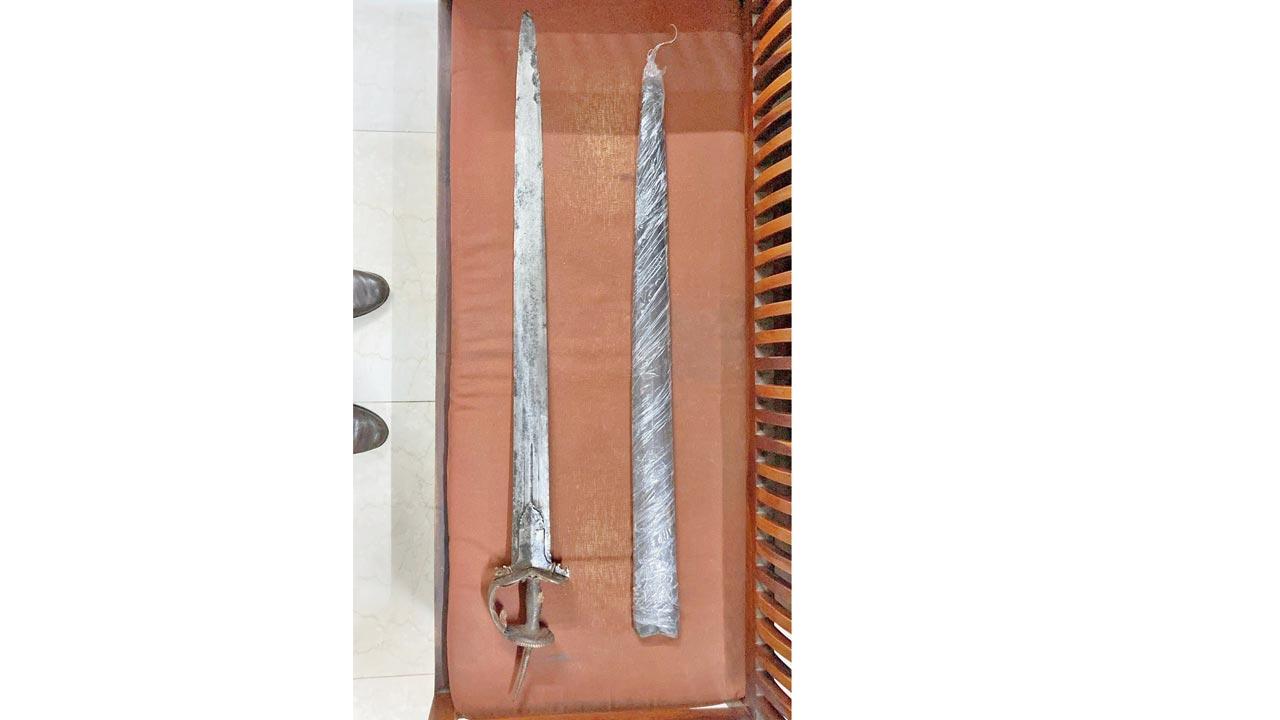 Khanda swords
Khanda swords
ON May 16, 17, 18; 10 am to 7 pm
AT Prabodhankar Thackeray Sports Complex, Navpada, Vile Parle East.
LOG ON TO @instucen on Instagram (for more details)
ENTRY Rs 50 (free for children below 10 years old)
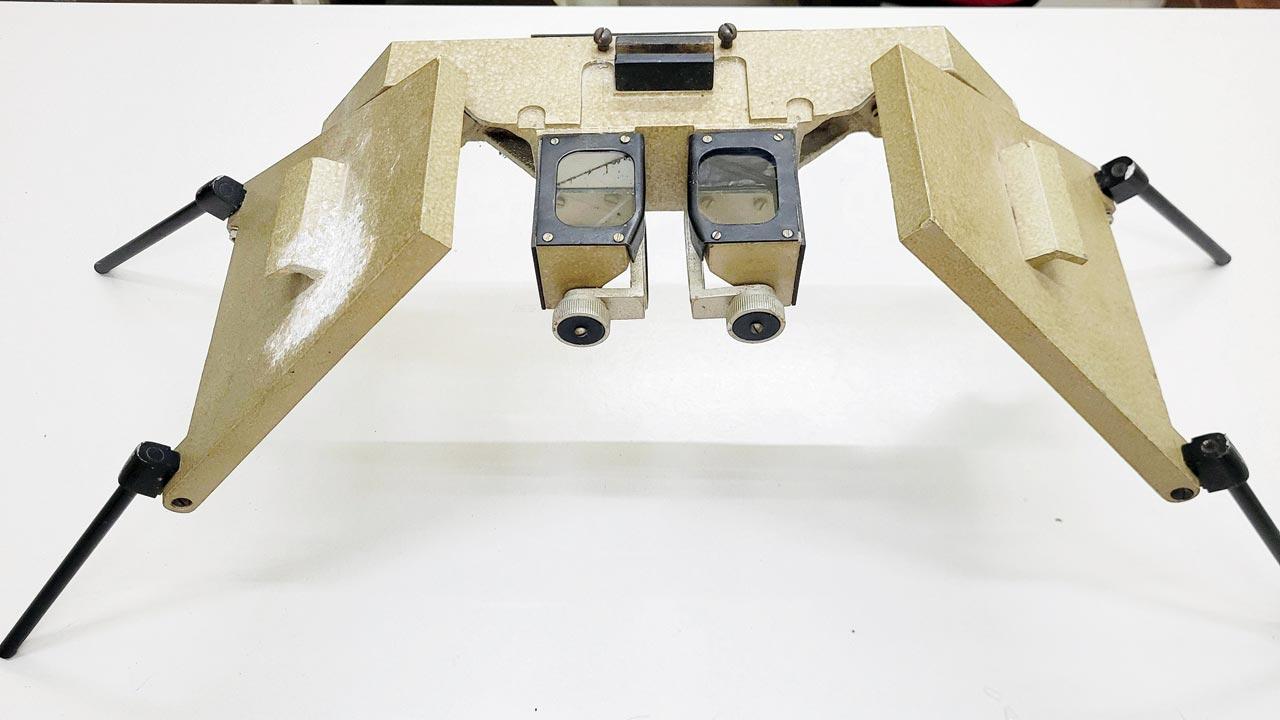
A stereoscope. Pic Courtesy/Aparna Phadke
 Subscribe today by clicking the link and stay updated with the latest news!" Click here!
Subscribe today by clicking the link and stay updated with the latest news!" Click here!










